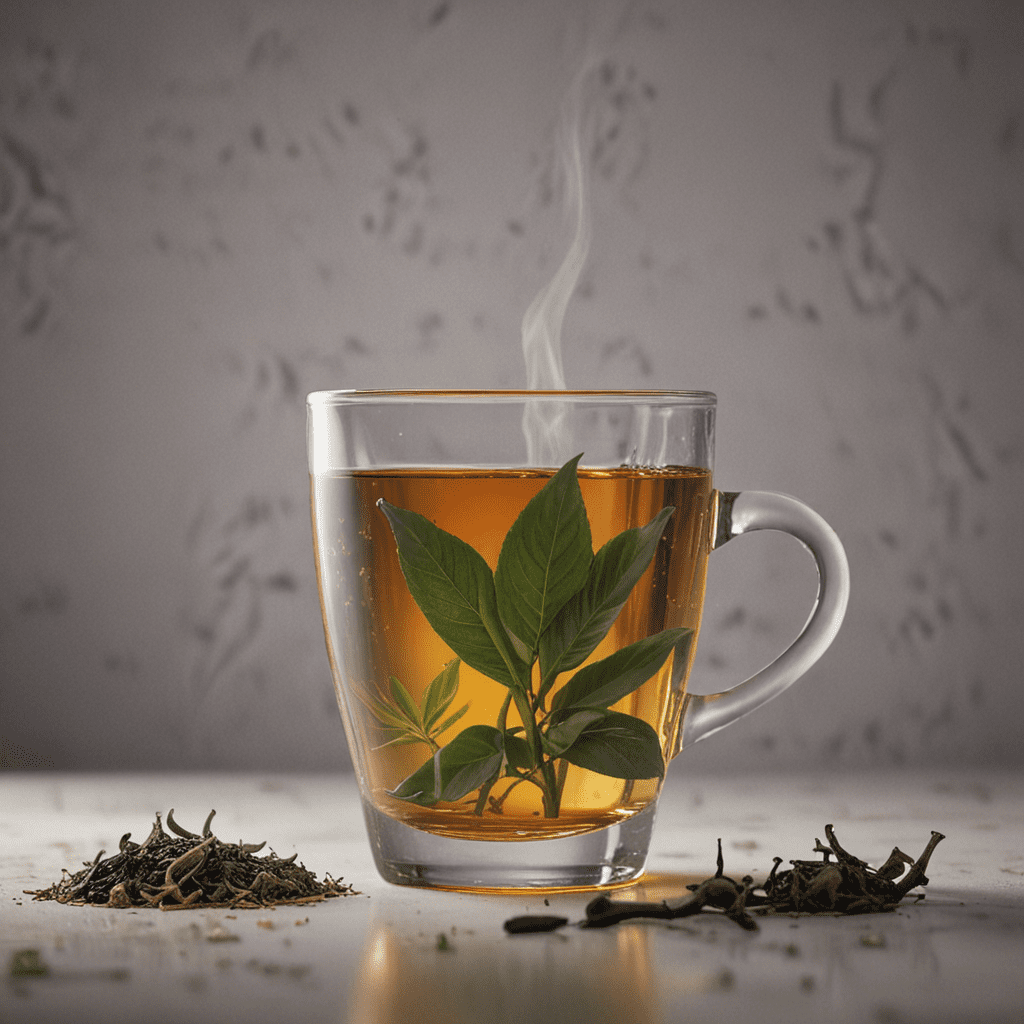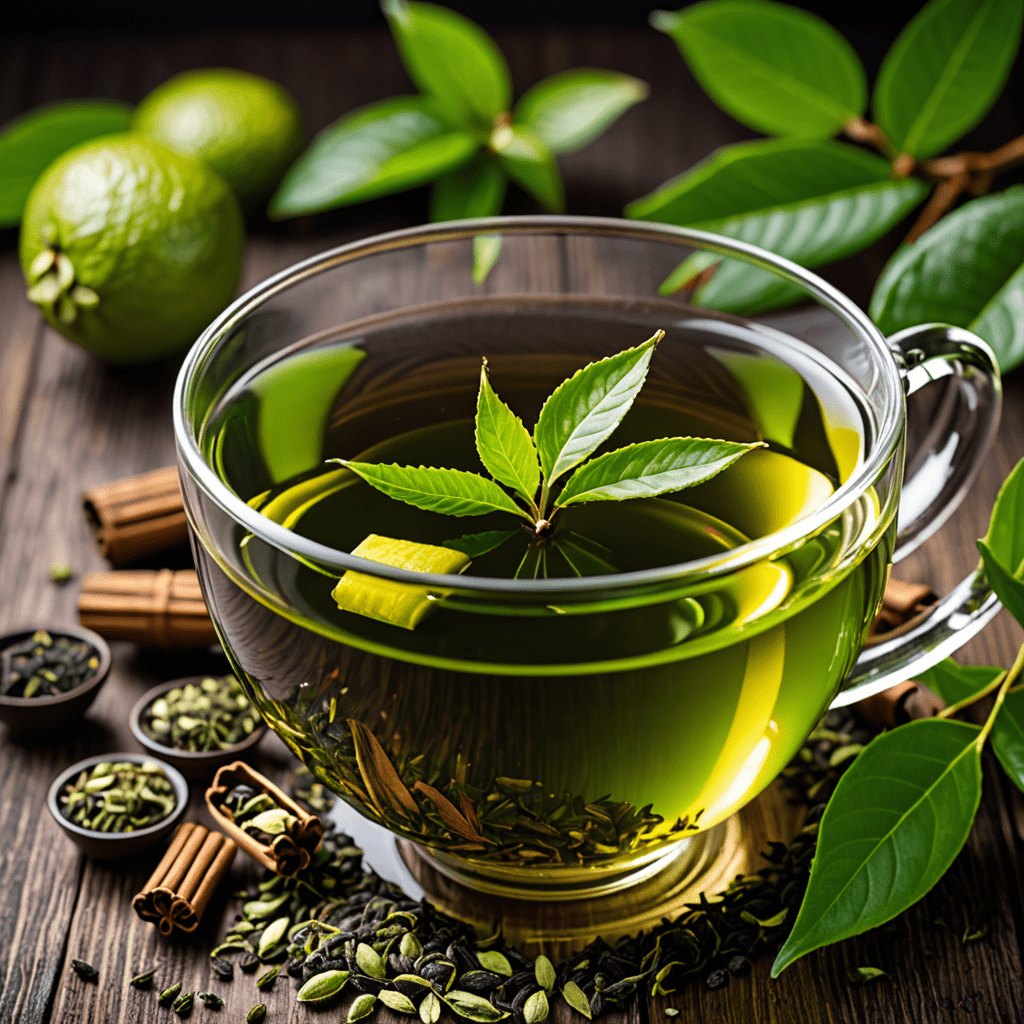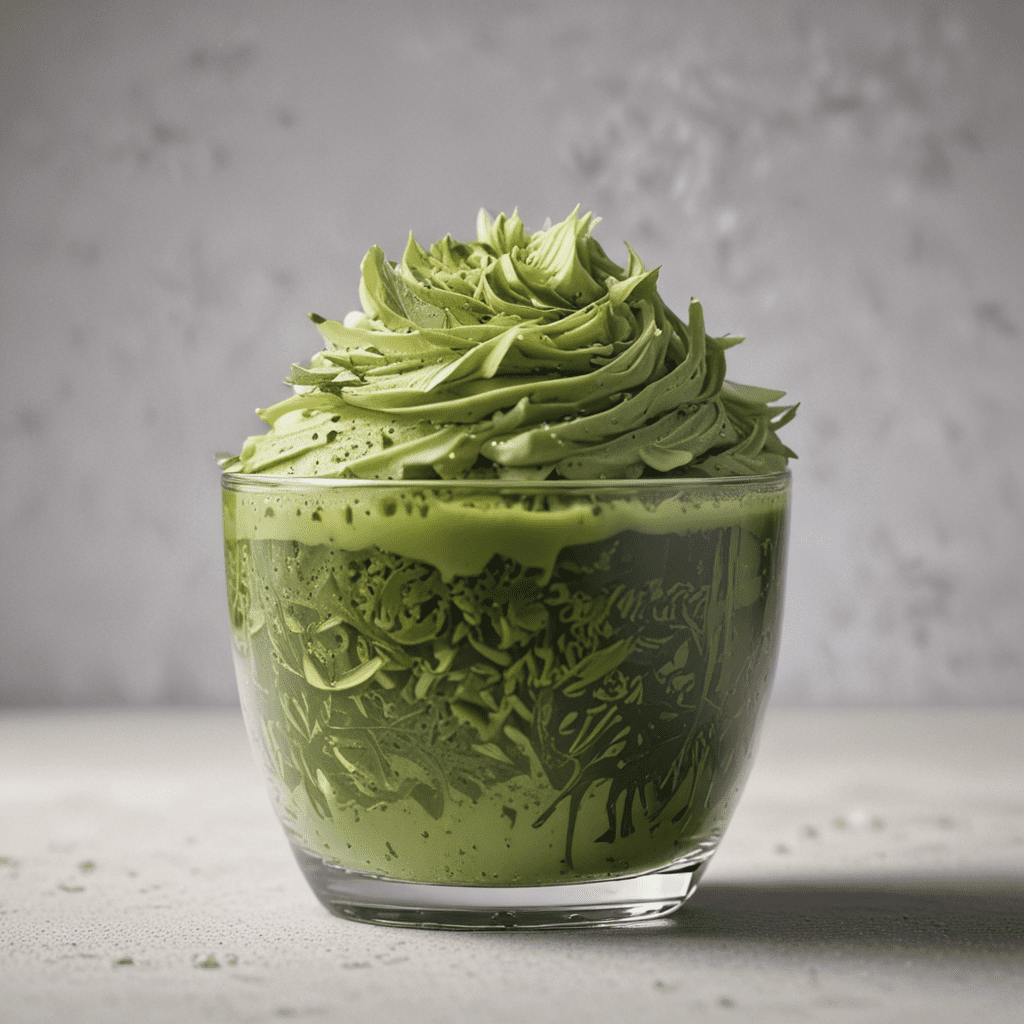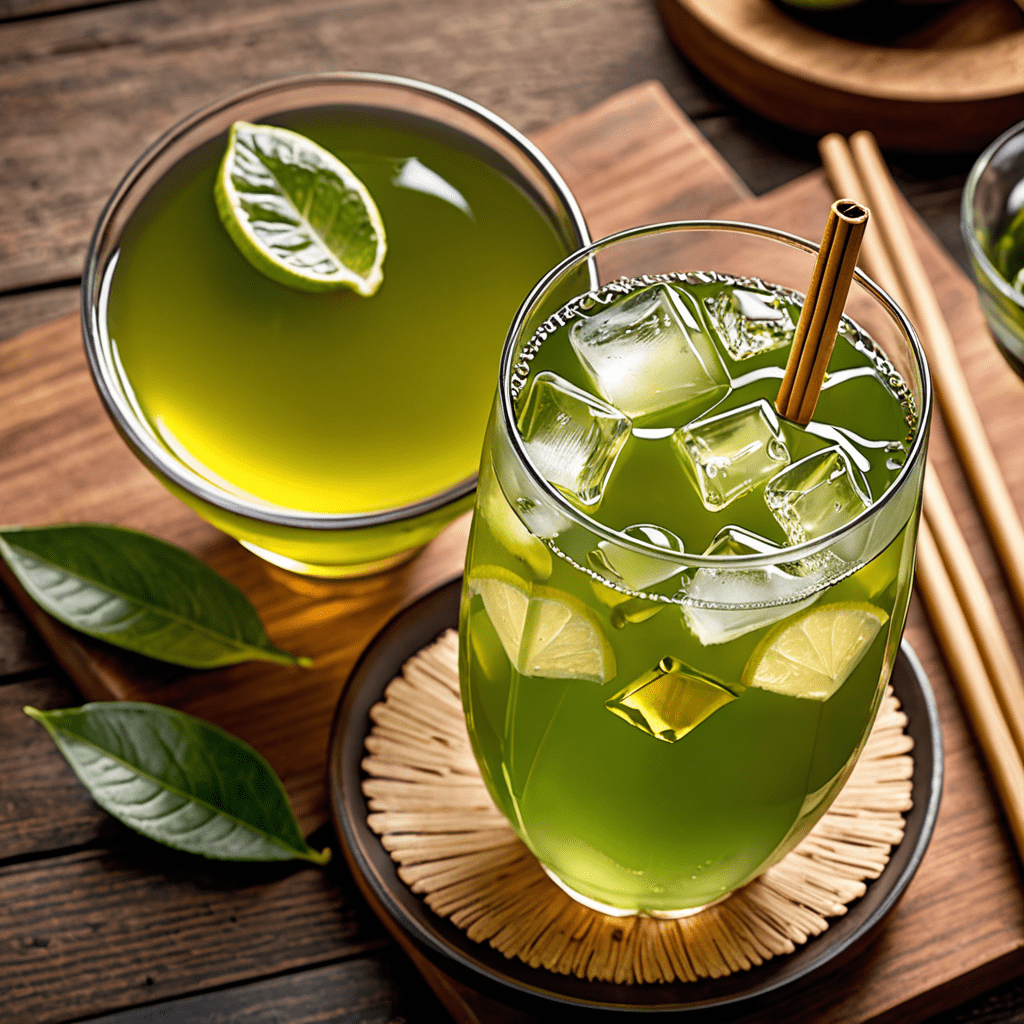The Art of Tea Appreciation: Developing a Taste for Ceylon Tea
Introduction to Ceylon Tea
As a tea connoisseur, delving into the world of Ceylon tea offers a captivating journey that unveils the exquisite flavors and complexities of this renowned beverage. Originating from the lush landscapes of Sri Lanka, formerly known as Ceylon, this tea has garnered a global reputation for its unparalleled quality and distinctive character.
The Cultivation and Harvesting of Ceylon Tea
Ceylon tea thrives in the ideal growing conditions of Sri Lanka's central highlands, where the combination of altitude, rainfall, and soil composition fosters the development of exceptional tea leaves. The careful cultivation practices and meticulous harvesting techniques employed by skilled tea pluckers ensure the preservation of the tea's delicate flavors and aromas.
The Processing Methods of Ceylon Tea
After harvesting, Ceylon tea undergoes a series of intricate processing steps that shape its final character. The freshly plucked leaves are withered to reduce moisture content, then rolled to release their essential oils. These rolled leaves are subsequently oxidized in a controlled environment, a process that determines the tea's flavor profile and color.
The Unique Characteristics of Ceylon Tea
Ceylon tea is renowned for its distinctive flavor profile that encompasses a harmonious balance of strength, briskness, and complexity. Its full-bodied character is complemented by a refreshing astringency that adds a lively dimension to the taste experience. The aroma of Ceylon tea is equally captivating, featuring notes of citrus, spice, and floral undertones.
Sensory Evaluation of Ceylon Tea
Appreciating Ceylon tea involves engaging all the senses. Its visual appearance, characterized by the presence of broken and twisted leaves, offers a glimpse into the tea's processing history. The rich amber hue of the brewed tea invites further exploration, while the tantalizing aroma entices the taste buds. Upon sipping, the full complexity of Ceylon tea is revealed, showcasing its harmonious blend of flavors and a lingering aftertaste that delights the palate.
6. Pairing Ceylon Tea with Food
Ceylon tea's versatility extends beyond its solo enjoyment, as it harmoniously complements a wide range of culinary creations. Its bold flavor stands up to hearty dishes such as roasted meats and spicy curries, while its subtle nuances enhance the delicate flavors of seafood and salads. Ceylon tea's astringency pairs well with sweet desserts, creating a delightful balance of flavors.
7. The Health Benefits of Ceylon Tea
Beyond its sensory pleasures, Ceylon tea offers an array of health benefits attributed to its rich antioxidant content. Studies suggest that regular consumption of Ceylon tea may contribute to improved cardiovascular health, reduced inflammation, and enhanced cognitive function. Its high concentration of polyphenols acts as a protective agent against oxidative damage, promoting overall well-being.
8. The Cultural Significance of Ceylon Tea
Ceylon tea is deeply intertwined with the cultural fabric of Sri Lanka. Its production has played a pivotal role in the country's economy and has been a source of national pride for generations. Tea plantations are a common sight throughout the central highlands, providing employment and sustenance to local communities. The traditional tea ceremony holds a significant place in Sri Lankan culture, offering a glimpse into the rich heritage and rituals associated with tea appreciation.
9. Exploring the Different Grades of Ceylon Tea
The world of Ceylon tea encompasses a wide spectrum of grades, each offering unique characteristics and flavor profiles. From the delicate elegance of Orange Pekoe to the robust strength of Pekoe Souchong, there is a Ceylon tea to suit every palate. Understanding the different grades allows tea enthusiasts to tailor their tea experience to their individual preferences.
10. Tips for Brewing the Perfect Cup of Ceylon Tea
To fully appreciate the exquisite flavors of Ceylon tea, it's essential to master the art of brewing. Use freshly drawn, cold water and bring it to a rolling boil. Add approximately 2 grams of tea leaves per cup and let steep for 3-5 minutes, depending on desired strength. Avoid over-steeping, as it can result in bitterness. Serve hot and savor the nuanced flavors that unfold with each sip.
FAQs
What is the difference between black tea and green tea?
Black tea undergoes a full oxidation process, resulting in a darker color and bolder flavor, while green tea is minimally oxidized, preserving its lighter color and more delicate taste.
How long does Ceylon tea stay fresh?
Properly stored in an airtight container in a cool, dry place, Ceylon tea can retain its freshness for up to two years.
Can Ceylon tea be iced?
Yes, Ceylon tea can be enjoyed iced. Brew a stronger batch of tea, let it cool completely, then pour over ice and enjoy a refreshing iced tea experience.



